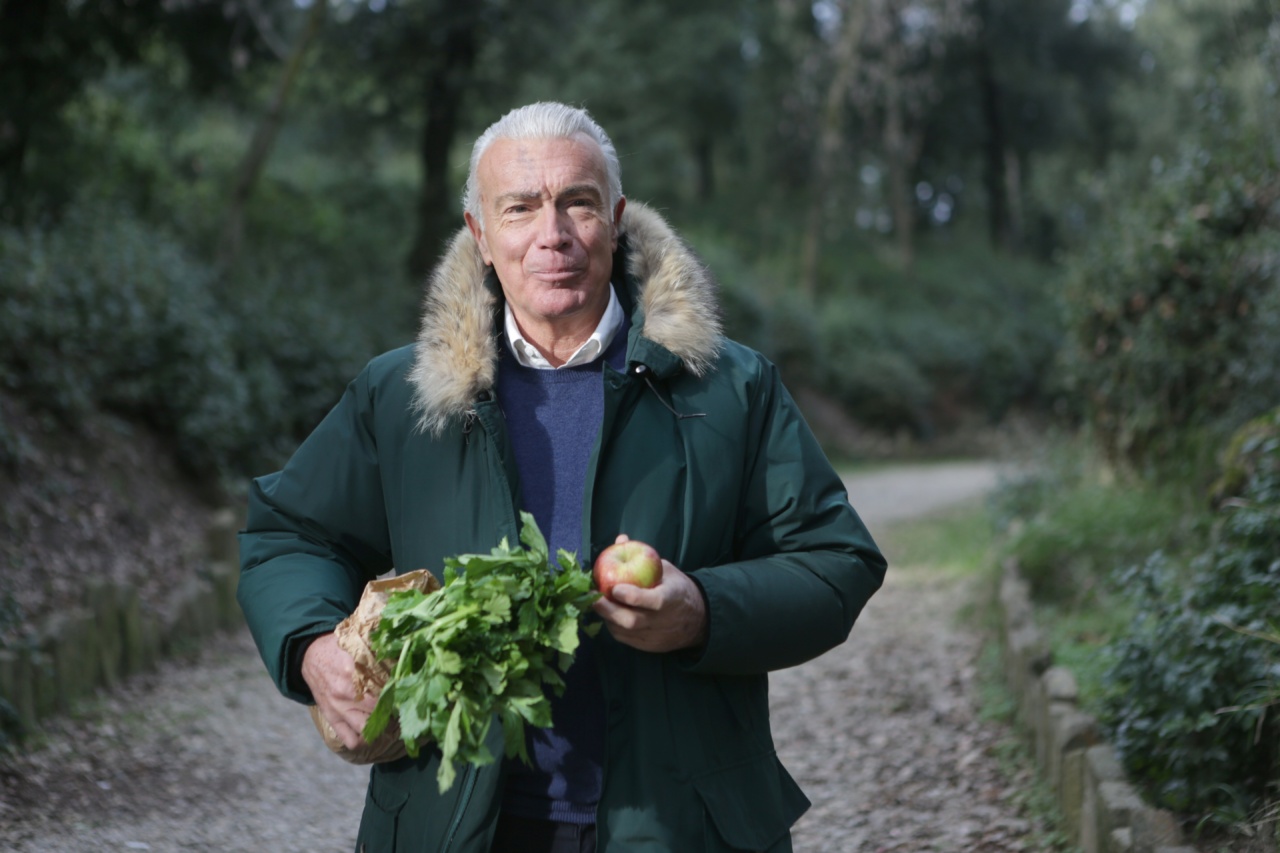With the ongoing COVID-19 outbreak, we are all concerned about keeping ourselves and our families safe. One of the most important steps we can take is to ensure that the food we eat is clean and safe.
This is especially true for fruits and vegetables, which can carry harmful bacteria or viruses.
Why Wash Fruits and Vegetables?
While fruits and vegetables are essential for a healthy diet, they can also be contaminated with harmful bacteria and viruses. These can cause serious illnesses such as foodborne illnesses and other health problems.
By washing your fruits and vegetables, you can remove the dirt, bacteria, and other contaminants from the surface of the food. This will help to ensure that your food is safe to eat.
How to Wash Fruits and Vegetables?
There are several ways to wash fruits and vegetables. Here are some of the most effective methods:.
1. Washing with Water
The simplest and most effective way to wash fruits and vegetables is to rinse them under running water. Hold the produce under the faucet and let the water run over it for at least 30 seconds.
Then, scrub the surface of the food with a vegetable brush to remove any dirt or debris.
2. Soaking in Vinegar
You can also soak your fruits and vegetables in a solution of water and vinegar. Mix one part vinegar with three parts water and let the produce soak for at least 10 minutes. Rinse the food thoroughly under running water before eating.
3. Using Vegetable Washes
Vegetable washes are specifically designed to remove dirt and bacteria from fruits and vegetables. They are available at most grocery stores and are easy to use.
Simply mix the wash with water and soak the produce for the recommended amount of time, then rinse under running water.
4. Using a Sterilizing Solution
If you are concerned about bacteria or viruses on your produce, you can use a sterilizing solution. These solutions are typically used in commercial settings, but you can make your own at home.
Mix one tablespoon of bleach with one gallon of water and let your produce soak for at least 10 minutes. Rinse the food thoroughly under running water before eating.
Other Tips for Safe Fruits and Vegetables
In addition to washing your fruits and vegetables, there are other steps you can take to ensure that your food is safe:.
1. Buy Local and Fresh
Buying local and fresh produce is a great way to ensure that your food is safe. Local produce is typically harvested at the peak of freshness, which means it is less likely to be contaminated with harmful bacteria.
You can also talk to your local farmers and ask about their growing practices to ensure that their produce is safe.
2. Store Properly
Proper storage is also important for keeping your produce safe. Make sure to store your fruits and vegetables in a clean, dry place. Keep them separate from raw meat and poultry to avoid cross-contamination.
3. Cook Thoroughly
Finally, make sure to cook your fruits and vegetables thoroughly. This will help to destroy any harmful bacteria or viruses that may be present. Use a food thermometer to ensure that your food is cooked to the right temperature.
Conclusion
Washing your fruits and vegetables is an essential step in ensuring that your food is safe to eat. By following the tips outlined above, you can help to reduce your risk of foodborne illnesses and other health problems.































